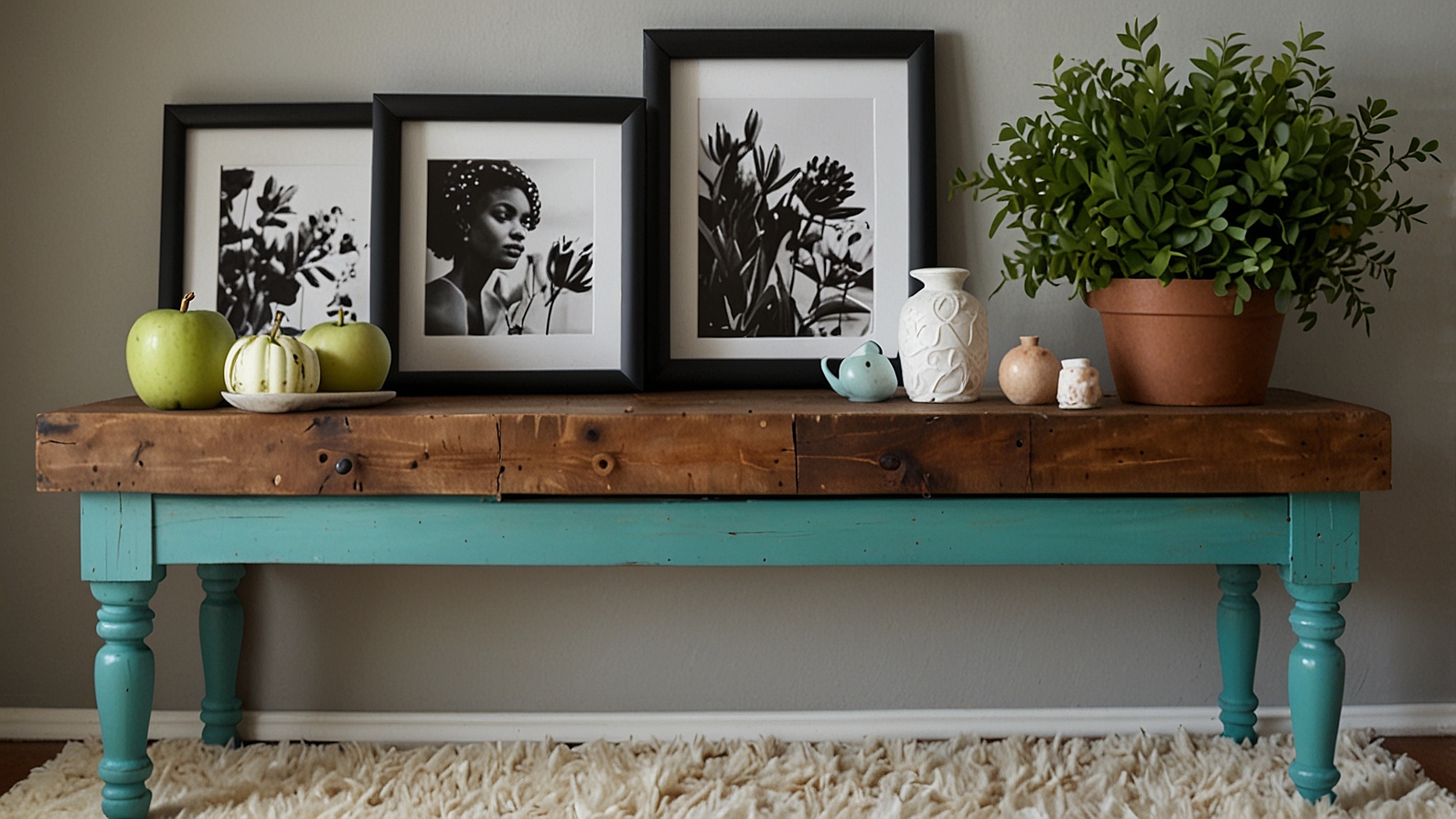How connected technology is turning houses into responsive, time-saving spaces
Once the stuff of sci-fi dreams, smart homes are now very real—and more affordable than ever. What used to require a custom installation by a tech expert can now be purchased online, set up in minutes, and controlled with a smartphone or voice assistant.
But what exactly is a “smart home”? In short, it’s a space where everyday devices—from lightbulbs to refrigerators—are connected to the internet and each other. These devices can automate tasks, improve security, and even help you save on energy bills.
Whether you’re dipping your toe into smart tech or looking to upgrade your entire living space, here’s a practical guide to the gadgets that make life easier—and smarter.
Why Smart Homes Are Gaining Popularity
Smart home technology has taken off for three simple reasons:
- Convenience – You can control your lights, thermostat, or coffee machine without leaving the couch.
- Energy Efficiency – Devices like smart plugs and thermostats help cut down on waste and lower bills.
- Safety and Peace of Mind – From smart locks to security cameras, you can monitor your home remotely and feel more secure.
It’s not about turning your house into a robot—it’s about making everyday life smoother, simpler, and more responsive to your routine.
1. Smart Speakers and Assistants
Popular examples: Amazon Echo, Google Nest Hub, Apple HomePod
Think of these as the heart of your smart home. Smart speakers let you control other devices with voice commands, play music, check the weather, set reminders, and even create shopping lists.
Why it’s useful:
You can say, “Turn off all the lights,” or “Start the vacuum,” and it just happens. Many also include small screens for video calls, recipes, and home monitoring.
2. Smart Lighting
Popular examples: Philips Hue, Wyze Bulbs, LIFX
Smart bulbs let you adjust brightness and color from an app—or schedule them to follow your day. You can even set “sunset mode” or “movie time” with a single tap.
Pros:
- Saves energy
- Customizable ambiance
- Great for people with mobility challenges
Watch out for:
Some systems require hubs. Choose Wi-Fi or Bluetooth bulbs for simpler setups.
3. Smart Thermostats
Popular examples: Nest Thermostat, ecobee SmartThermostat
These devices learn your habits and adjust heating and cooling to save energy while keeping you comfortable. You can control them remotely or set them to turn off when you’re not home.
Why it’s smart:
You could lower your energy bill by 10–20% just by using it consistently.
4. Smart Plugs and Power Strips
Popular examples: TP-Link Kasa, Wemo Mini, Amazon Smart Plug
Smart plugs are a simple way to bring intelligence to your regular appliances. Plug in your fan, lamp, or coffee maker and control it from your phone or with voice.
Bonus:
Schedule things to turn off at bedtime or while you’re away—no more worrying if you left the iron on.
5. Smart Locks and Doorbells
Popular examples: Ring Doorbell, August Smart Lock, Eufy Video Doorbell
Smart locks allow you to lock/unlock your door remotely, grant temporary access to guests, or receive alerts when someone enters. Video doorbells let you see and talk to visitors from anywhere.
Why it matters:
You’ll never fumble for keys in the dark—or wonder if your package was stolen again.
6. Robot Vacuums and Mops
Popular examples: iRobot Roomba, Roborock, Eufy RoboVac
Set them on a schedule, and they’ll clean your floors while you’re doing anything else. Some models map your home and can even mop or self-empty.
Tip:
Look for models with strong suction and mapping features for better cleaning coverage.
7. Smart Appliances
Popular examples: LG ThinQ Fridge, Samsung Smart Oven, GE Smart Washer
Yes, even your kitchen and laundry can be connected. Smart appliances allow you to monitor cycles, preheat your oven remotely, or get alerts if something’s wrong.
Best for:
Busy households or anyone who loves time-saving hacks.
Are Smart Homes Secure?
Security and privacy are valid concerns. Here’s how to stay protected:
- Use strong, unique passwords for your devices and Wi-Fi.
- Keep your device firmware updated.
- Buy from trusted brands with clear privacy policies.
Consider using a separate Wi-Fi network for your smart devices to add an extra layer of protection.
Getting Started Without the Overwhelm
You don’t need to go all-in on day one. Start small with:
- A smart speaker
- A few smart bulbs
- One smart plug or camera
As you get more comfortable, you can build out your system. Many devices are compatible across ecosystems like Google Assistant, Alexa, and Apple HomeKit—so look for “Works With” labels to keep things streamlined.
Final Thoughts: Smarter Doesn’t Mean Complicated
Smart homes aren’t about flashy tech for tech’s sake—they’re about simplifying everyday routines, saving energy, and giving you more peace of mind. Whether you want to wake up to soft lighting, check who’s at the door from your phone, or never forget to turn off the lights again, the tools are now more accessible than ever.
So ask yourself: what’s one small thing I could automate today that would make tomorrow easier? That’s your smart home starting point.





